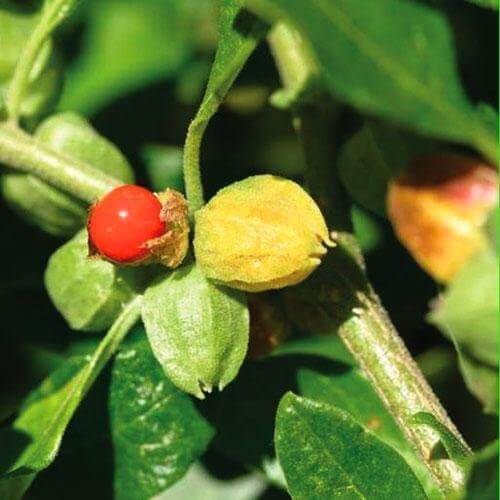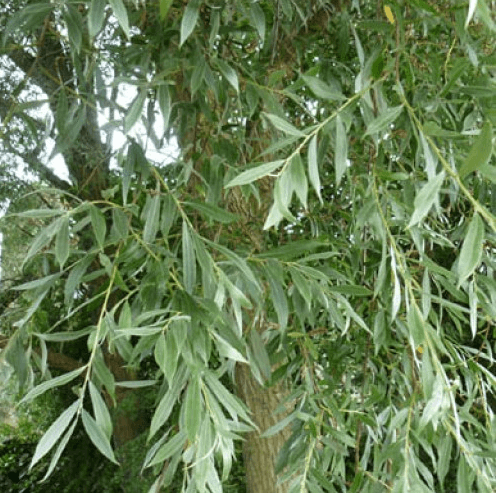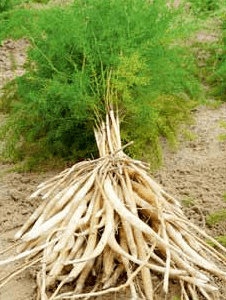Arjuna Tree Benefits

Arjuna Tree Benefits
Botanical Name-Terminalisa arjuna
Common Name-Kahua
Family-Combretaceae (Haritaki kul)
Habit-Tree, 60-80 ft. in height.
Properties-
“Kakubhah sitalo hridyah Ksataksayabisasrajit Medomeha vranan hanti tubarah kaphapitta brit” -Bha. Pra.
Property-Lightness, dryness
Taste-Fragrant
Potency-Cooling Metabolic
Property-Pungent
Specific Property-
- Heart vitilliser
- Wound healer
- Anti-obese
- Diabetic wound healer
- Useful in vitiated condition of kaph & pitta.
Part Used-Bark

Arjuna Tree Usage
Description-Arjun is the large size deciduous tree. The height of the Arjun tree reaches upto 60-85 feet. It is the evergreen tree with the yellow flowers and conical leaves. It has a smooth gray bark. Fruit is 2.5-3.5 cm long, fibrous woody, glabrous with 5 hard wings, striated with numerous curved veins. It has a buttressed trunk and a vast spreading crown from which the branches drop downwards. Its leaves are dull green above and pale brown beneath. Arjun flowers between March to June and fruits between September to November.
Terminalia chebula, T. bellrica and T. ciliata are the other species of Arjun tree found in India.
Terminalia Arjun is common throughout India especially in the sub Himalayan tracts and Eastern India. They are widely grown in Bandhavgarh National Park, Pench Tiger Reserve and Kanha National Park in India. It is mainly grown on the banks of the rivers and streams.
Its fruit is dried in the sunlight and than stored up to 6-12 months. Seeds are pretreated by soaking in the water for 48 hours before sowing in beds. 8-9 months seedlings are better to transplant in the field.
The Bark of the Arjun tree contains calcium salts, magnesium salts, and glucosides has been used in traditional Ayurvedic herbalism Juice of its leaf is used to cure dysentery and earache. Arjun helps in maintaining the cholesterol level at the normal rate, as it contains the antioxidant properties similar to the Vitamin E. It strengths the heart muscles and maintains the heart functioning properly. It also improves functioning of cardiac muscle. Arjun is used for the treatment of coronary artery disease, heart failure, edema, angina and hypercholesterolemia. Its bark power possesses diuretic, prostaglandin enhancing and coronary risk factor modulating properties. It is also considered as beneficial in the treatment of Asthma.
Its wood is used in boat and house building as it is very hard. Its wood is also used in the making of the agricultural implements and weapons too. It is grown in the cities and towns for the purpose of shade.
Arjun is one of the sacred tree of India. It has acquired the social and religious sanctity with the passage of time. It is said that Arjun has been born of the two sons of Kubair after saint Narada cursed him. The leaves and flowers of this tree are offered to the Lord Vishnu and Lord Ganpati on the several religious occasions. It has been used in Ayurvedic formation since ancient times.
Dosage—
Milk processed -5-10 gm.
Decoction -50-100 ml.
Expressed juice -10-20 ml.
Powder -3-6 gms.
Uses-
- In Cardiac Disorders-Milk processed with arjun bark should be used.
- In Intrinsic haemorrhage-Bark of arjun, udumbar, vetas should be used combinely or separately to checks intrinsic-haemorrhage.
- In Koch’s-Powder of arjun bark mixed with expressed juice of vasa leaves should be given with purified sugar-candy, honey and ghee.
- In wound, fracture and inflammatory condition-It is used internally and externally.
- In Meno-metrorrhagia, Leucorrhoea-Decoction of arjun bark & white chandan should be used.





